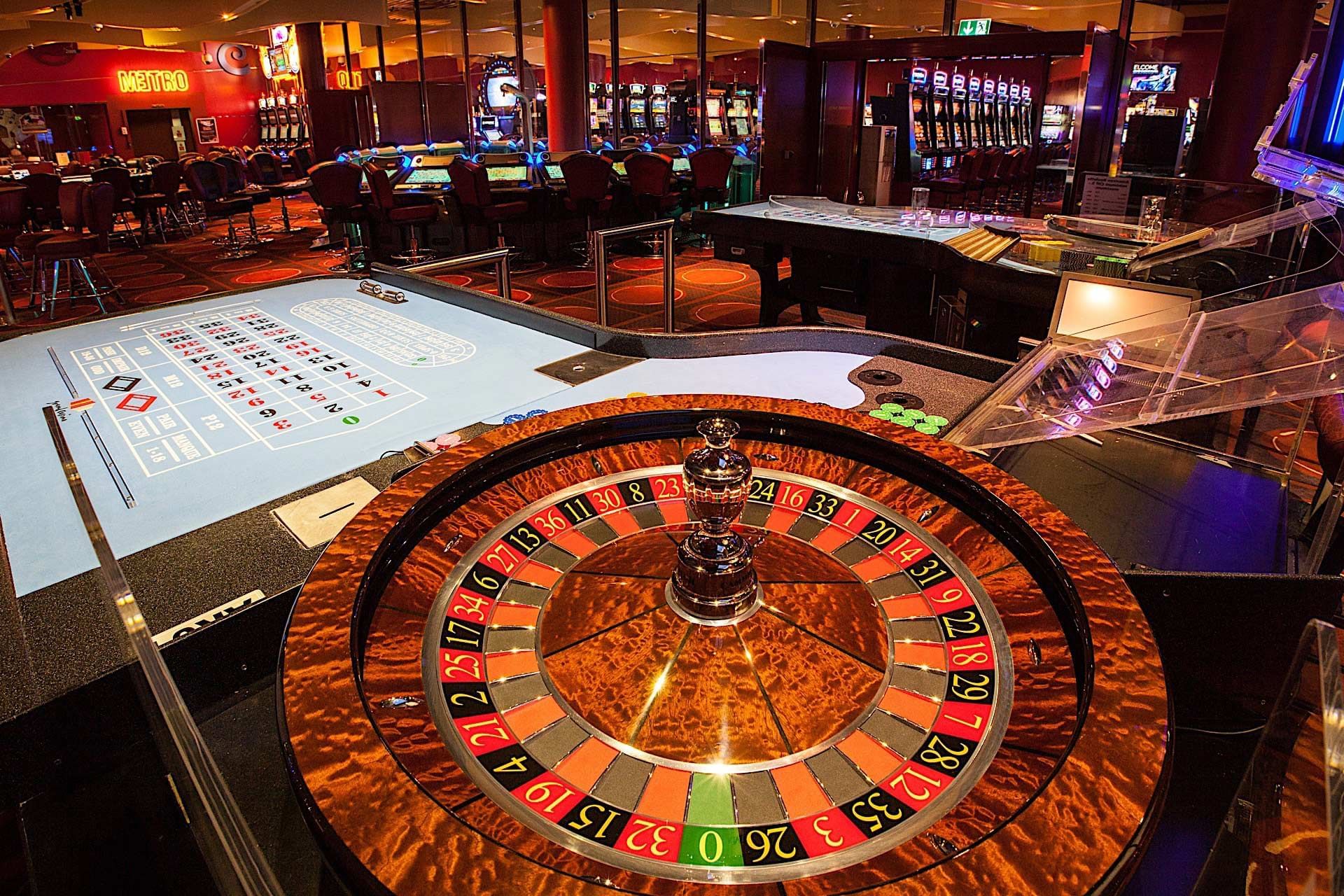Behind the Scenes: The Process of Casino Games Created
Behind these shimmering lights plus the alluring sounds of spinning wheels lies a dynamic world where creativity meets mathematics: the making of casino games. While players converge to casinos seeking excitement and the possibility of striking it rich big, a huge amount of effort takes form behind the scenes to create the games for their enjoyment. From the initial concept to the final product that players interact with, numerous elements come together to ensure an captivating play experience.
Creators, engineers, and game developers work together to combine cutting-edge technology with enthralling gameplay mechanics. Every aspect, from visuals and sound effects to probabilities plus payouts, is carefully designed to attract players plus keep them engaged. Understanding this complex process of how casino games are made reveals both the technical expertise involved but also the artistic vision that transforms these immersive experiences to life.

Video Game Design Process
The game workflow starts with brainstorming and conceptualization, where creators develop concepts for new casino games. This initial phase typically includes pinpointing target audiences and analyzing market trends. Designers consider factors like game mechanics, themes, and payout structures to create an immersive experience. E2BET Collaboration between game designers, mathematicians, and artists is crucial to ensure a well-rounded concept.
Once a concept is chosen, the next stage entails creating prototypes and testing. Designers build a working version of the game to evaluate its playability and mechanics. This facilitates adjustments and refinements based on feedback from testers. Reiteration is vital, as designers may navigate multiple rounds of evaluations to optimize gameplay balance and user experience. This phase is crucial for identifying any possible issues before the game goes into production.
After testing, the game moves into development and production. This includes the technical aspects of coding the game software, integrating graphics, and ensuring compliance with gaming regulations. Quality assurance testing ensures that the game functions flawlessly across different platforms and devices. Once everything is refined, the game is prepared for launch, often accompanied by marketing strategies to attract players and generate buzz around the new casino offering.
Tech and Development
The development of gambling games has transformed significantly with developments in tech. Contemporary game design often includes high-quality graphics, immersive sound effects, and engaging animations that create a captivating experience for players. Game developers use advanced software tools and coding languages to develop these immersive gaming experiences. Additionally, the use of RNGs ensures equity and unpredictability in outcomes, which is important for ensuring player trust and compliance with gaming regulations.
In recent years, the growth of online casinos has expanded the boundaries of game development even further. Developers are now able to build games that cater to a worldwide audience, integrating features such as live dealer options and virtual reality environments. This shift has encouraged innovation, leading to novel game mechanics and formats that enhance player engagement. Gaming on mobile devices has also become a major focus, prompting developers to tailor games for smartphones and tablets, ensuring accessibility and convenience for players on the go.
Collaboration among designers, artists, and mathematicians is essential in the creation process. Each team contributes their expertise to ensure games are not only visually appealing but also statistically accurate and enjoyable. The integration of player feedback during beta testing allows developers to refine game features and functionalities, ultimately leading to a positive launch. As technology continues to advance, the potential for innovative game concepts and experiences is limitless, promising an thrilling future for casino games.
Evaluating and Quality Control
Once a casino game has been designed, it enters the crucial phase of evaluation and quality control. This phase ensures that the game operates perfectly and provides a fair experience for gamblers. Teams conduct extensive tests, including operational checks to verify that all game features work as expected. Each element, from visuals to sound effects, is reviewed to ensure quality benchmarks are met.
In addition to functionality testing, the game entails thorough compliance checks to meet compliance requirements. Different jurisdictions have specific regulations governing game fairness and player protection. Quality assurance teams will confirm that the random number generators are working correctly and that the game’s payout percentages align with market standards. This thorough examination helps build trust with users and oversight bodies alike.
Finally, beta testing may be conducted with actual users to collect opinions on user experience. This invaluable insight allows developers to make necessary adjustments before the official launch. Resolving any possible issues recognized during this phase helps ensure that gamblers will experience a fluent, captivating experience when the game goes live. The commitment to quality reflects the industry’s dedication to delivering entertaining and dependable casino games.